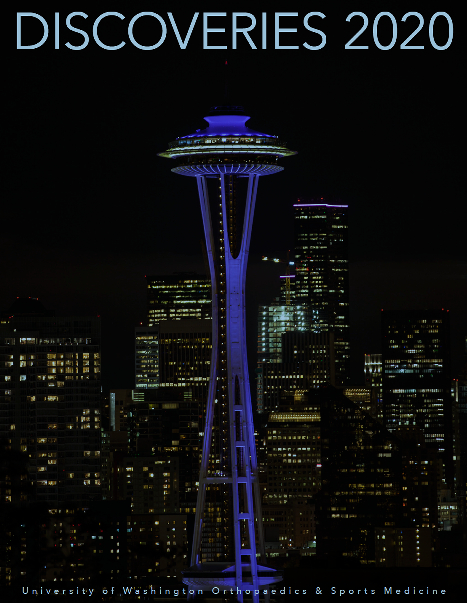Kevin's Shoulder Saga
Spinoglenoid Cyst Decompression and Posterior Labral Repair
History
- Otherwise healthy college rower & rock climber.
- No known trauma; developed deep left non-dominant shoulder pain and weakness.
- Saw various doctors who tried therapy and rest.
Physical Exam
- Isolated shoulder external rotation weakness
- Other Findings:
- - Load shift test (-)
- - Jerk test (-)
- - Crank test (+)
- - SLAP test (+)
- - Dynamic external rotation shear test (+)
- Normal x-rays
Resting Infraspinatus Atrophy
Active Infraspinatus Atrophy
Osteology
- Scapula (aka shoulder blade)
- - The dorsal (back) surface of the scapula is divided by the spine into two regions: the supraspinatus fossa (origin for supraspinatus) and the infraspinatus fossa )origin for infraspinatus); 2 rotator cuff muscules.
- - On the superior border of the scapula lies the scapular notch, a semicircular notch made into a foramen by the superior transverse ligament; the suprascapular nerve passes through this notch to innervate the aforementioned muscles.
Oseteology and the Labrum
- Glenoid Cavity and Labrum
- - Articulates with the humeral head
- - Cartilage covers the surface of the glenoid cavity (socket)
- - The circular border of the cavity is slightly raised where the fibrocartilaginous glenoidal labrum attaches
- - The labrum deepens the cavity and makes a seal like an O-ring
Posterior Labral Tear on MRI


These axiel views show the crack in the back of hte labrum and the fluid leak.
Spinoglenoid Cyst on MRI


Join fluid has formed a cyst that is putting pressure on the nerve branch to the infraspinatus.


These coronal views show the fluid leak from the labral tear and the cyst that is quite large.
Infraspinatus Atrophy on MRI


These sagittal cuts show the cyst, the atrophy (decreased size) and the abnormal appearance of the infraspinatus muscle - Note the different shade compared to the other muscles.
Posterior Labral Tear Cyst Decompression
Anchor Insertion
Final Fixation
Prognosis
Full recovery expected following surgical repair of labral tear, spinoglenoid cyst decompression, postoperative therapy and a gradual return to activity.
Full Strength and no atrophy at F/U
Summary Statements
- Recognition and appropriate prompt surgical treatment key to successful treatment.
- Slow and disciplined rehabilitation also of paramount importance.
- Eventually Kevin was able to regain his fitness and finish his project "The Arch" a 5.12 climb at Sneeds' Cory in El Paso, TX. See video.
